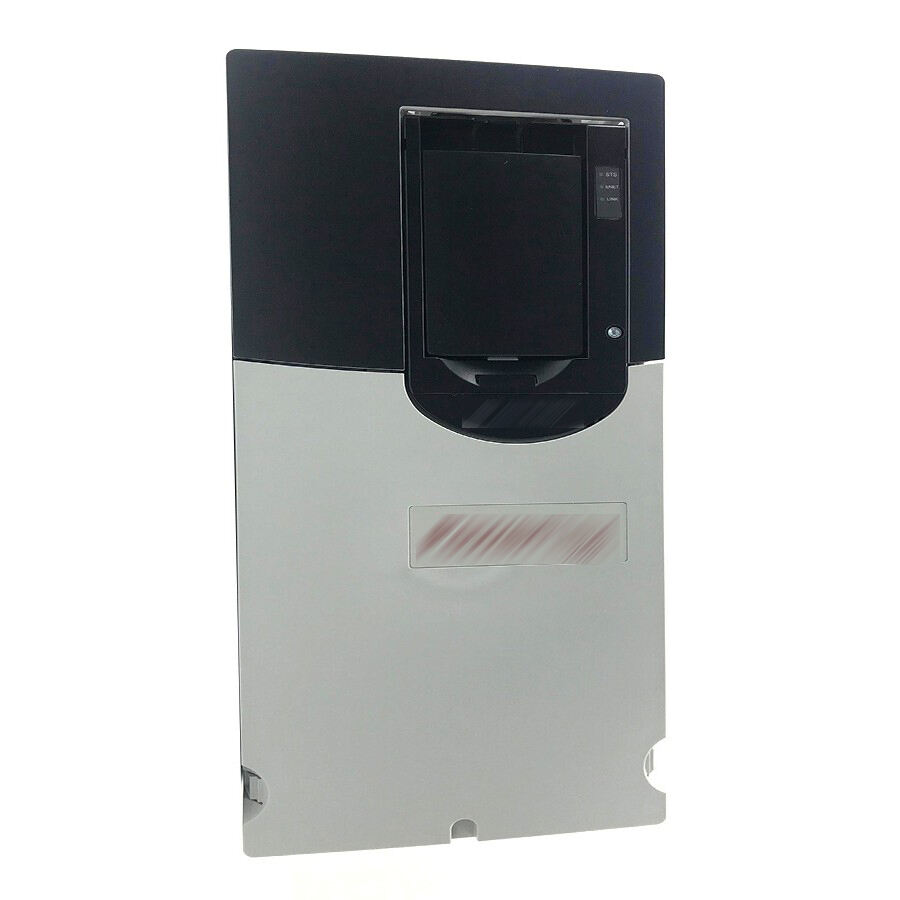vfd
A Variable Frequency Drive (VFD) represents a sophisticated electronic control system designed to regulate the speed and torque of electric motors by adjusting the frequency and voltage of power supply. This advanced technology efficiently converts fixed frequency and voltage input power to variable frequency and voltage output, enabling precise control of motor operations. VFDs operate through a three-stage process: rectification, where AC power is converted to DC; DC bus filtering, which smooths the converted power; and inversion, which generates the desired variable frequency output. These drives have become instrumental in modern industrial applications, offering unprecedented control over motor operations across various sectors including manufacturing, HVAC systems, and process industries. The technology incorporates advanced microprocessors and power electronics, allowing for real-time adjustment of motor parameters based on load requirements. VFDs can operate motors at varying speeds from zero to above base speed, providing exceptional flexibility in application. They excel in maintaining optimal performance across different operating conditions while significantly reducing energy consumption and mechanical stress on equipment.
